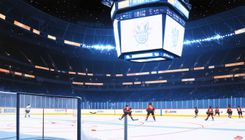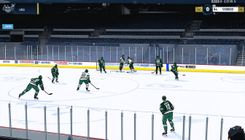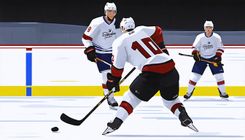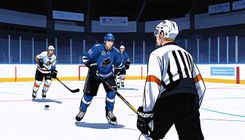NHL CBA Changes Introduce New Development Opportunities for Prospects
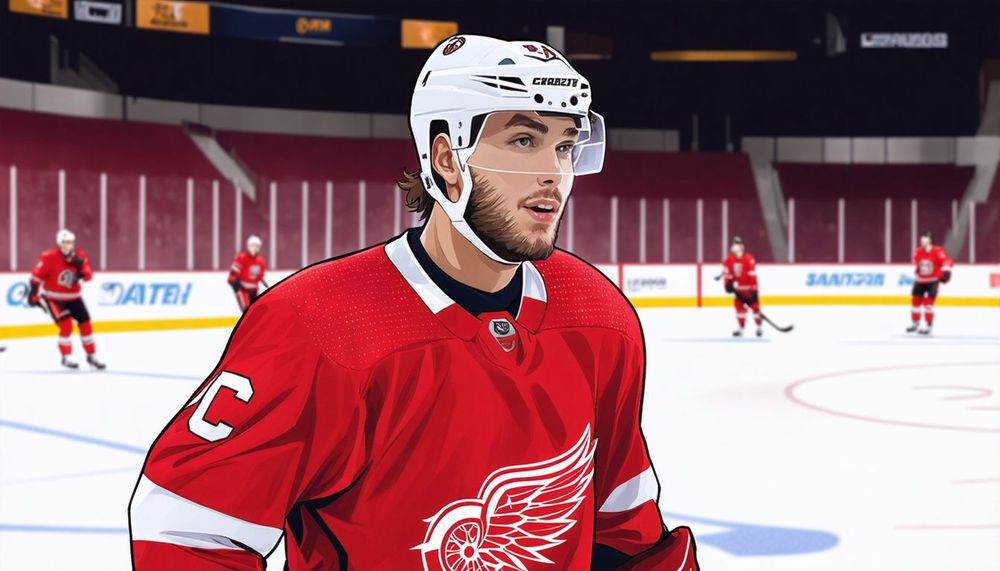
The current NHL Collective Bargaining Agreement (CBA) is set to expire in September 2026, a scenario that may evoke concern for those familiar with the sport's historical labor disputes. However, this summer, NHL owners and the NHL Players Association came to an agreement on the framework for a new deal. Although the comprehensive Memorandum of Understanding has not yet been released to the public, notable changes have been highlighted by NHL insider Frank Seravalli.
One significant change involves the allowance for each NHL team to assign one 19-year-old prospect to their American Hockey League (AHL) affiliate each season. While this may seem like a modest adjustment, its implications for NHL prospect development are monumental. Currently, players drafted from Canadian major junior leagues—specifically the Ontario Hockey League (OHL), Western Hockey League (WHL), or Quebec Major Junior Hockey League (QMJHL)—cannot be assigned to the AHL or East Coast Hockey League (ECHL) until they turn 20 years old or have completed four seasons in the Canadian Hockey League (CHL). Under the new CBA, set to take effect during the 2026-2027 season, draft eligibility will shift, impacting prospects such as Vancouver Canucks' Braeden Cootes, who will be eligible to play for the Abbotsford Canucks when he turns 19 in February 2026.
This age-based rule offers intriguing possibilities. For instance, players drafted as fresh 18-year-olds from the CHL who turn 19 shortly after the draft might bypass returning to junior leagues altogether. A prime example of this is top prospect Ryan Roobroeck, who, born in September 2007, could potentially sign his entry-level contract and be assigned directly to an AHL team like the Niagara IceDogs of the OHL. This shift provides more flexibility for CHL-affiliated prospects, allowing them to transition into professional hockey earlier, enhancing their development rather than having them return to junior leagues, where they may not face adequate competition. This change could prevent instances where players, like Dylan Strome—a case discussed several years ago—were unable to find suitable developmental opportunities, resulting in extended periods of stagnation in their careers. The new framework also benefits NHL teams by allowing closer observation and training of prospects, granting them more opportunities for development in a challenging environment.

